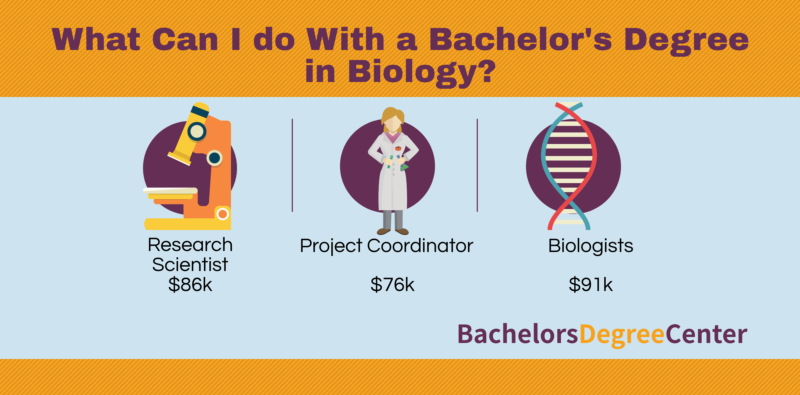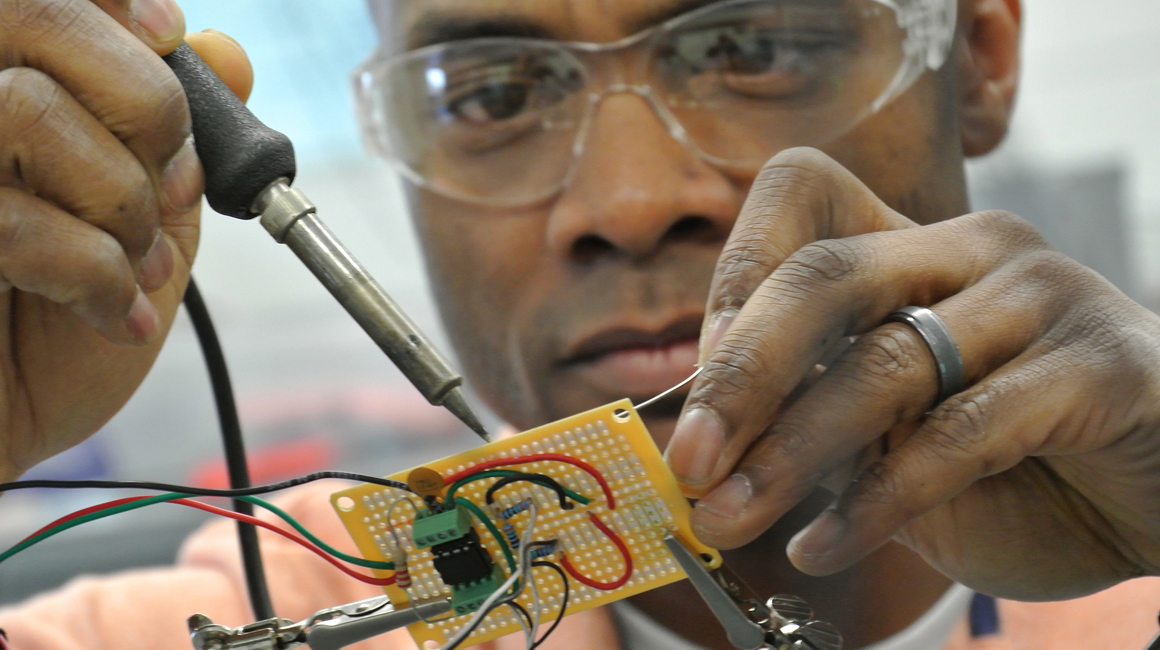
Mining encompasses many disciplines of engineering. These include mining, mineral processing. Excavating, geotechnical and surveying are some of the most popular. Mining engineering, like all engineering disciplines, has many branches. The job outlook for mining engineers can be good. However, it depends on the type mine you are interested in. This article will briefly discuss the different fields of Underground, Strip and Surface mining as well as the average income of mining engineers.
Surface mining
Surface mining disturbs and disrupts the overburden and results in high groundwater levels. Surface mining can disturb and disrupt consolidated overburden. These chemicals could be transferred to groundwater aquifers that have been reestablished. These contaminants can have a negative impact on the availability and health quality of groundwater. This is especially important in semi-arid regions.
Hydraulic surface Mining utilizes high pressure water sprays to dissolve unconsolidated ore and channel it via collection facilities. Bulldozers are often used for hydraulic surface mining, facilitating the extraction of compacted ore. Hydraulic surface mining is small scale and uses sluice trays or catches to collect material. The leach dump is collected in the same way as open-pit operations.

Strip mining
This technique involves removing overburden in order to expose the ore. The working slope of the waste faces increases with depth. In addition, this technique is used for reducing investment risk in waste removal. You also have high recovery rates with low dilution. Additionally, strip mining is much easier to implement and requires a lower initial investment. Let's discover more about strip mining. There are six advantages to strip mining.
Strip mining is the practice of removing thin strips of overburden that has been deposited on top of an ore mine. Some ore rock are visible from the surface while others are hidden deep underground. To maximize productivity, the process calls for large mining equipment. For example, bucket-wheel excavators are used in strip mining. These machines can transport over 12,000 cubic meters ore per an hour. This method can be used even in mountainous areas that are not accessible by traditional methods of mountain removal.
Underground mining
Underground mining can be done in many ways. These operations can create wastes or uneconomic materials, which can be harmful to the environment. Mining engineers must take into account the impacts of mining activities upon the environment as well as the laws that apply to them. In addition, various federal and state departments regulate the mining industry. They must also pay attention to environmental protection and safety in their operations. Below are some essential aspects of underground mining. In this article, we will discuss them.
A continuous-miner section involves using multiple different equipments to mine ore. Equipments used in this section include shuttle cars, feeder-breakers, panel belts, and utility scoops. These machines might need to be operated in different weather conditions, and may require an augmented crew. For continuous mining, portable water pumps and auxiliary fans may be required. Underground mining engineering is concerned with safety and comfort.

Salary for mining engineers
In 2004, the average annual salary of mining engineers was $78,502 and it is projected that this will rise to $103,962 for 2020. The requirements of the job, the level of education and experience, as well the area where the engineer works will determine the salary. Listed below are the main factors that determine a mining engineer's salary. Below is an average annual salary for mining engineer. This job requires a bachelor’s degree.
Petroleum, coal products and oil and gas extract are the highest-paying industries for mining engineers. These industries pay mining engineers around $86,000 per year, while nonmetallic miners earn $73,540 annually. While mining engineers employed in government agencies make an average of $86,000 per year, federal employees are paid slightly less than their state counterparts. Although many mining engineers make a good living, their salaries may not be the most lucrative.
FAQ
What are the jobs of electrical engineers?
They create power systems for human use.
They are responsible to design, build, test, install, maintain, and repair all types of electrical equipment used by industry, government and residential customers.
They plan and direct installation, as well as coordination of activities by other trades like architects, plumbers, and contractors.
Electrical engineers design, install, and maintain electronic circuits, devices, and components that convert electricity in to usable forms.
What is the average time it takes to become an engineer?
There are different routes into engineering. Some people start studying immediately after leaving school, while others decide to go to college first.
Some students will join a degree program straight from high school, whilst others will join a two-year foundation degree program.
They could then pursue a three-year, or four-year, honors degree. They could also choose to pursue a master's program.
It is important to consider your future plans once you have graduated. Are you going to be a teacher or a worker in the industry?
The time taken to complete each stage will vary depending on what university you go and whether you're taking a full or part-time course.
However, it is important to keep in mind that the amount of experience gained after completing a qualification does not always correlate with how long it took. So even if you only spend one year at college, it doesn't mean you'll have all the skills needed to work as an engineer.
Engineering: What does it mean?
Engineering, in short, is the application scientific principles to make useful things. Engineers apply their knowledge of science and mathematics to design and manufacture machines, vehicles, buildings, bridges, aircraft, spacecraft, robots, tools, structures, materials, electronic circuits, and so on.
Engineers can be involved in research, development, maintenance, testing and quality control. They also have the ability to teach, consult, and make decisions about law, politics and finance.
Engineers have many responsibilities. They can design and build products, systems and processes; manage projects; perform tests and inspections; analyze data; create models; write specifications; develop standards; train employees, supervise workers and make decisions.
Engineers may specialize in certain areas, including mechanical, electrical and chemical.
Some engineers choose to focus on specific types of engineering, such as aeronautics, biotechnology, chemistry, computing, electronics, energy, industrial, marine, medicine, military, nuclear, robotics, space, transportation, telecommunications, and water.
Statistics
- Job growth outlook through 2030: 9% (snhu.edu)
- 14% of Industrial engineers design systems that combine workers, machines, and more to create a product or service to eliminate wastefulness in production processes, according to BLS efficiently. (snhu.edu)
External Links
How To
How to Use An Engineering Ruler
Engineers use an engineering ruler to measure distances. Since ancient times, engineers have measured distances. Around 3000 BC, the first measurement device was invented.
Modern rulers are still used, although they have undergone significant changes. The most commonly used ruler today is the metric ruler. These rulers are marked in millimeters (1mm = 0.039 inch). Metric rulers are usually rectangular in shape and come in many sizes. Some rulers can also be used to measure centimeters or millimeters. For example, 1 cm equals 2.54 mm.
You won't find engineers today using a traditional manual ruler. They would use a digital version that measures in millimeters. It works much like a regular digital scale, except it has markings corresponding to various length units. Learn more about them here.